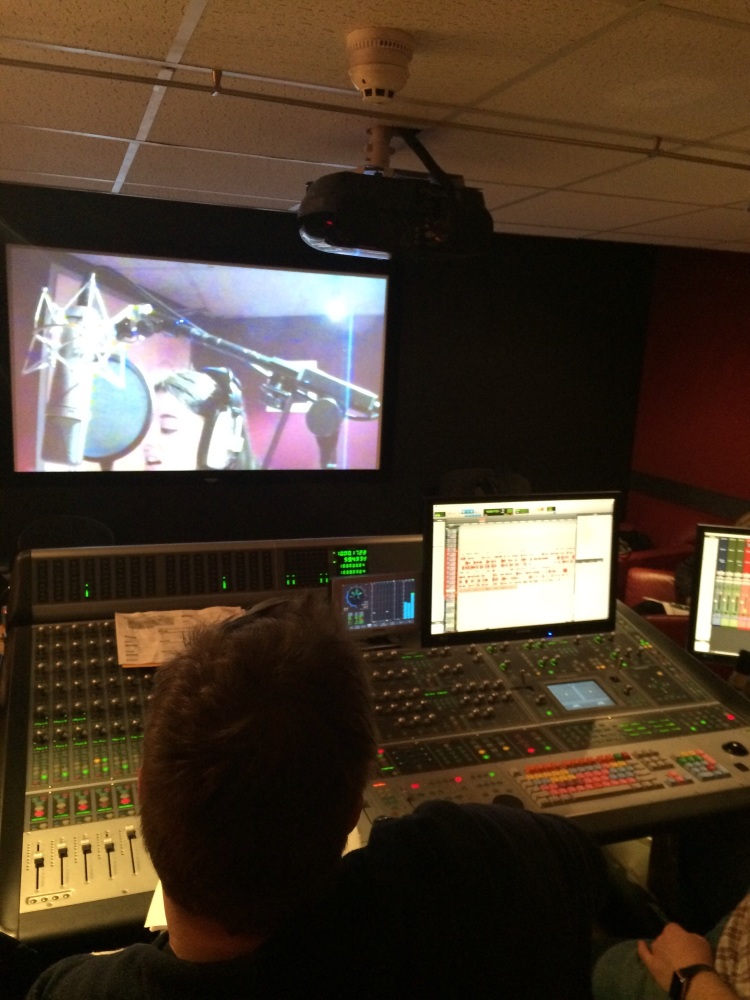How to use movement as a Voice Actor
Posted on
This is a little of a trick question. Not much would be the flippant and rather quick answer. However, in truth moving as a voice actor is as important if not more so than an actor specialising in film, TV or theatre.
Performance art of a sort, voice acting at times can be seen as a solitary still pursuit. In fact some roles may call for an inward and outer stillness. It may be the character you portray and the story you are telling may ask for you to be introspective and make yourself small and quiet. This would be especially true in an audio drama or a video game where in these genres there is time and space for the character to develop and breath like a fine wine.
And yet, there is movement. The human body is made for movement. We know this simply from sitting or standing too long in one position and how our muscles ache from the exertion of holding that pose. Tension is constantly necessary or we would sag like those string puppet dolls. Holding onto too much tension can cause holds and stops in our body and which in turn can have an impact on our own vocal capacity. Everything in our body is connected so if you have a tight hip flexor it may impede your vocal tract to be as open and loose as it could be.

But why is it so important to move? Simply put because we are human and the human condition is to move and this includes when in a vocal booth. Preventing stickiness in our joints and muscles is crucial to ensure good bodily health which includes your vocal and oral health. Not only it is key to keep your mouth exercises going to ensure your muscles are in tip top condition to perform but also your body and especially the upper thoracic region so that your shoulders and back and neck muscles remain loose and free and easy to use.
In the voiceover booth, I tend to move my head, neck and arms in movements that match the tempo of the copy. At times it may mean I am weighing myself down to ground myself for a voice or character. Then at other times I may flow with the melody of the text to create a naturalness and upbeat intention for the piece. It is important to note that all movement should be maintained silently so as not to be picked up by the mic. Foot tapping can be very tempting especially if you get a music bed to voice along to but exchange the tap with a flap of the hand or a shoulder shrug.
Some copy even speaks to having that shrug inbuilt into it and it couldn’t possibly be read without including the shrug. When text ends in questions or a throwaway comment often the shrug is implied and if it is then add it in. So yes, it may look like I am flicking at a fly in my booth but in fact I am moving in time with the content.